Poultry
All Poultry Content
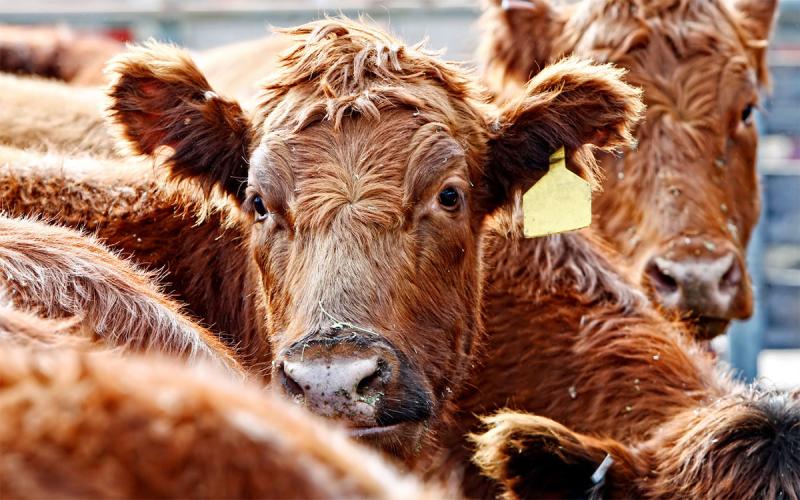
Livestock
South Dakota is home to a dynamic livestock industry.
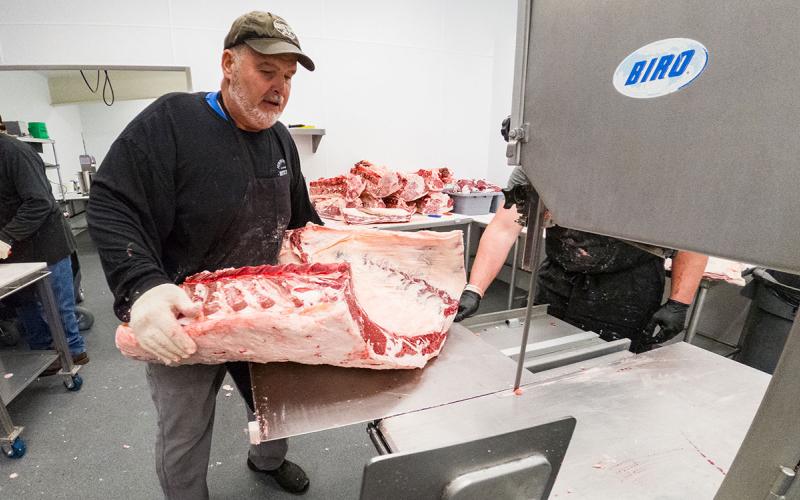
Expanded Meat and Poultry Processing Resources Available to S.D. Livestock Producers and Meat Processors
The USDA's commitment to creating a more-resilient meat and poultry processing system is making new opportunities for rancher-owned enterprises, worker-owned housing and other cooperative initiatives.
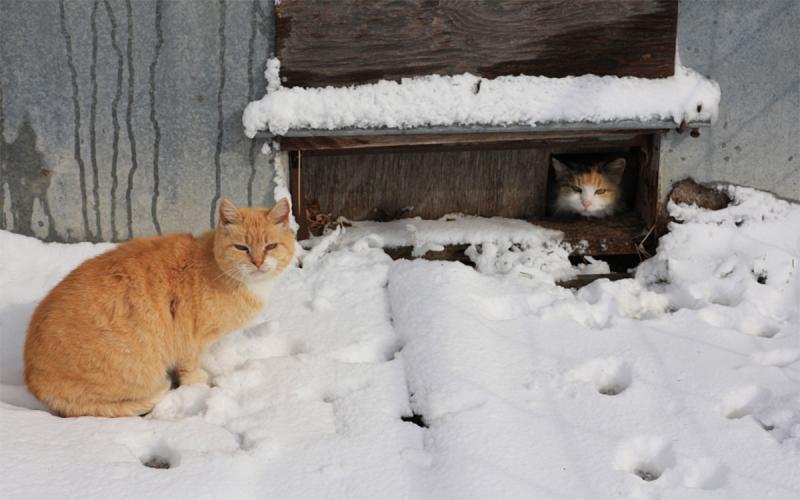
Cat Death Losses Due to Highly Pathogenic Avian Influenza in South Dakota
Veterinarians and laboratory diagnosticians are fielding reports of death losses in cat populations linked to avian influenza infections.

Other Animals
With access to faculty and researchers, and extensive experience, our team provides South Dakotans with resources to help answer questions.
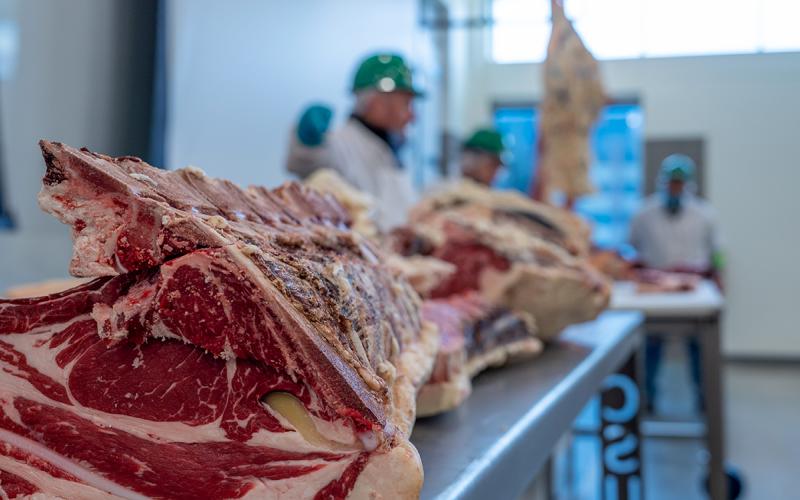
SDSU Extension, USDA FSIS to co-host food safety summit
July 22, 2024
South Dakota State University Extension invites meat and poultry industry professionals to attend a virtual summit about federal meat regulations and current food safety issues.
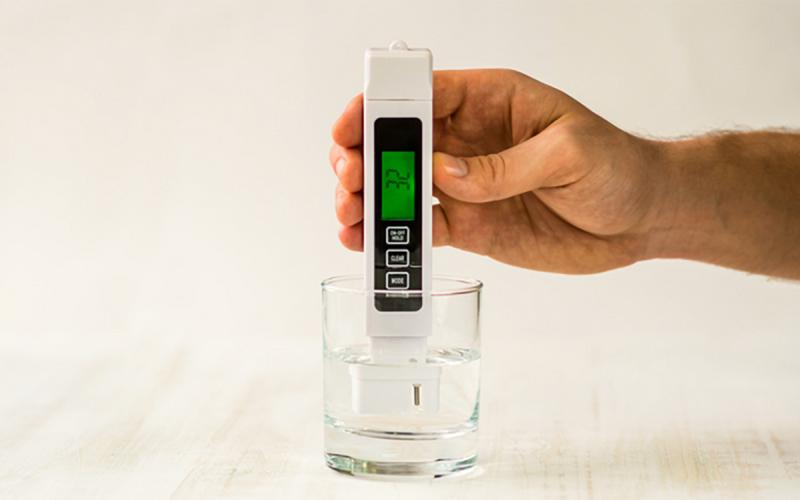
Interpretation of Water Analysis for Livestock Suitability
Fact sheet to help decipher both the results of a “quick test” and laboratory analysis for livestock suitability.
Is it Done Yet? How to Determine Meat is Cooked Properly
“Is it done yet?” We all ask this question when cooking and there are a variety of methods that have been passed down to determine the ‘doneness’ of different products
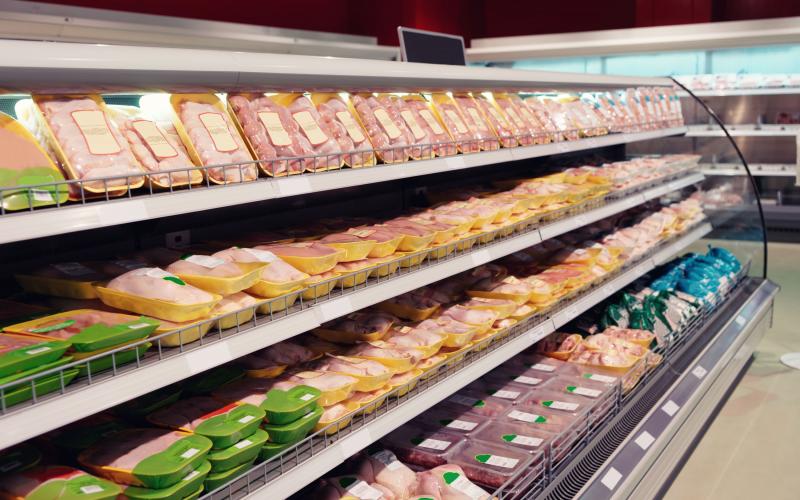
Looking for Foodborne Germs and Their Resistance to Antibiotics: Poultry
This report analyzes the NARMS results for poultry products for the period of June 2018 through May 2019.
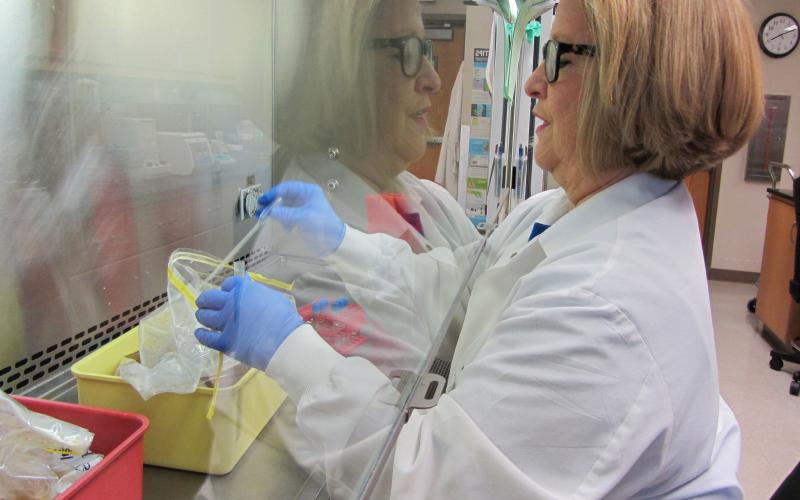
Looking for Foodborne Germs and Their Resistance to Antibiotics
How often do the meat products we buy in the store contain germs that might cause illness in people? Can we learn anything about antibiotic resistance with that information? Those are just two of the questions that SDSU is examining as part of their work with the National Antimicrobial Resistance Monitoring System (NARMS).
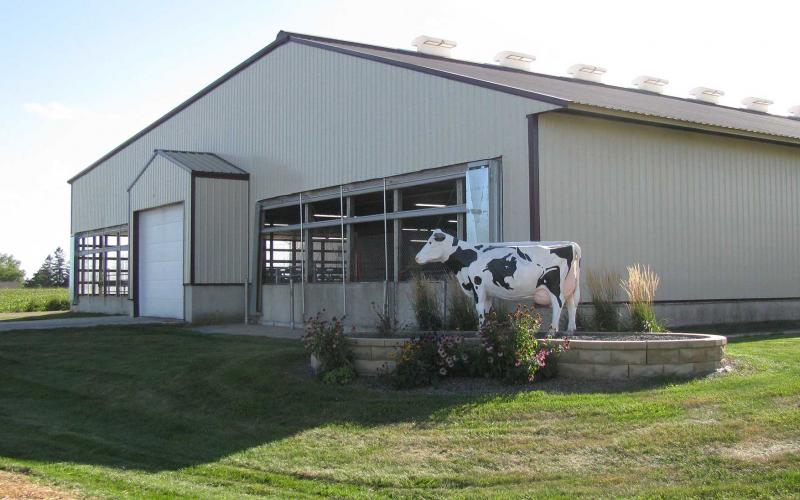
Being Vigilant of Livestock Property Security and Surveillance
Livestock producers have many daily responsibilities when it comes to caring for and protecting their animals. One responsibility is to remain vigilant regarding individuals that oppose the use of animals for food or other purposes.